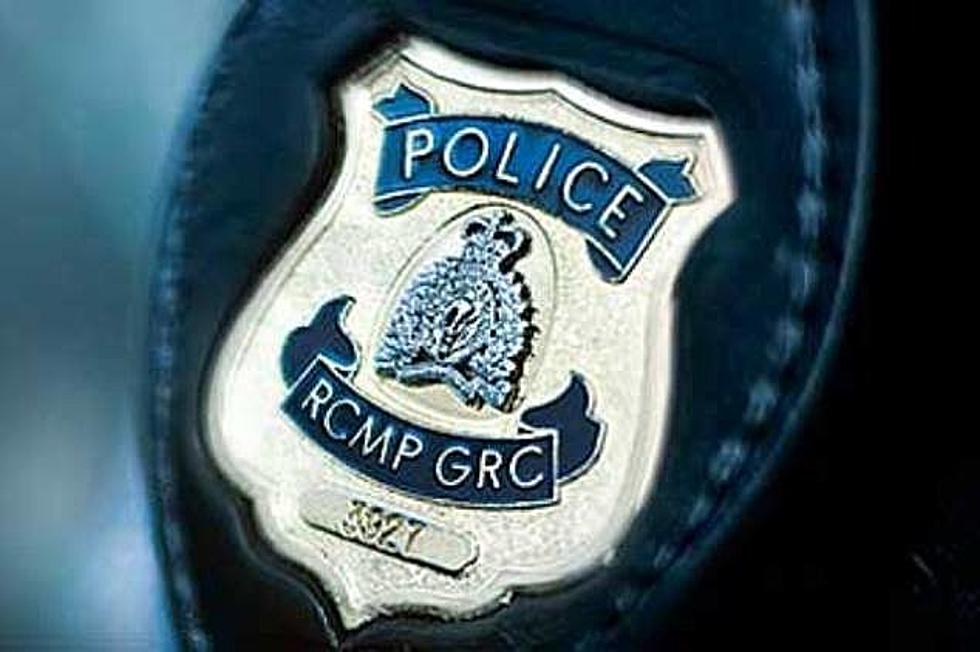
New Brunswick COVID-19 Update
Public Health Thursday reported no new cases of COVID-19.
The number of confirmed cases in New Brunswick remains at 120; the number of active cases is two and 118 people have recovered. The two remaining active cases are not in the hospital. As of today, 19,307 tests have been conducted.
The latest updates and information on confirmed COVID-19 cases and laboratory testing in New Brunswick are available online.
New Brunswick is currently in Phase 2 (Orange) of the COVID-19 recovery, which is aimed at the reopening of businesses and activities while working to prevent a resurgence of transmission.
Information on public health recovery phases, measures and guidelines is available online.
State of emergency extended
The declaration of emergency under the Emergency Measures Act has been extended for another 14 days. Both cabinet and the all-party cabinet committee have approved the extension. New Brunswick has been under a state of emergency since March 19.
The renewed declaration contains a clause to allow drivers who need to renew their Class 5 permit to do it online starting May 21. The current photograph on a valid Class 5 driver’s licence will be used so that the licence can be renewed.
The latest version of the declaration is available online.
To further slow the spread of the virus in the province, it is important to follow these personal actions:
- Stay within your two-household bubble.
- Maintain two metres of physical distance between yourself and others when you go out.
- When physical distancing cannot be maintained, face masks that cover your mouth and nose will be required to be worn in public.
- Frequently wash your hands thoroughly.
- Avoid touching your face.
- Cough or sneeze into your sleeve.
- Regularly clean commonly-touched surfaces in your home, such as doorknobs and countertops.
If you or a member of your family are showing two of the following symptoms, contact Tele-Care 811 or your primary health-care provider for further direction:
- fever above 38°C;
- a new cough or worsening chronic cough;
- sore throat;
- runny nose;
- headache;
- a new onset of fatigue;
- a new onset of muscle pain;
- diarrhea;
- loss of sense of taste or loss of sense of smell; and
- in children, purple markings on the fingers or toes. In this instance, testing will be done even if none of the other symptoms are present.
A self-assessment will help you determine if you should be tested for COVID-19.
Up-to-date information about COVID-19 is available online.

More From









